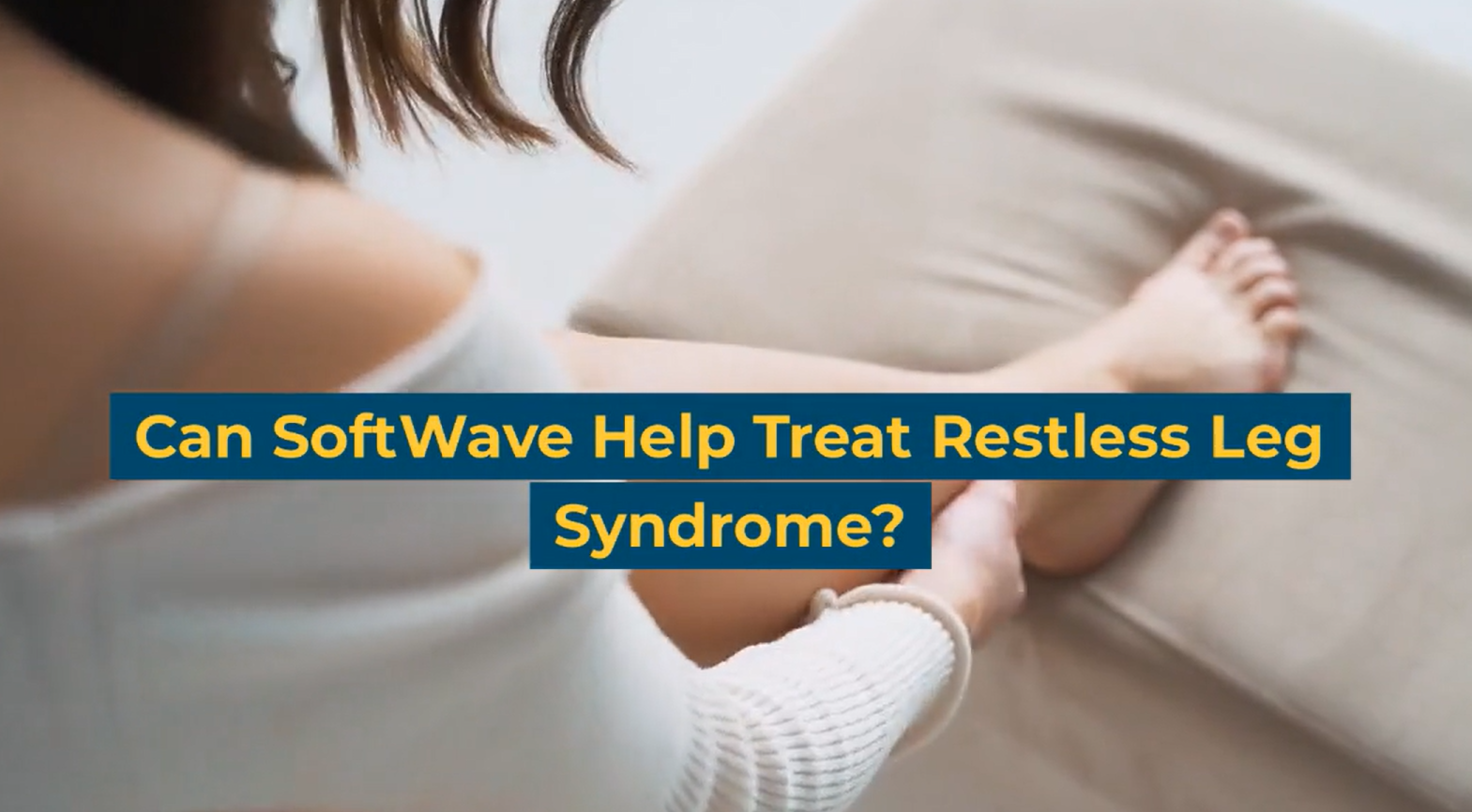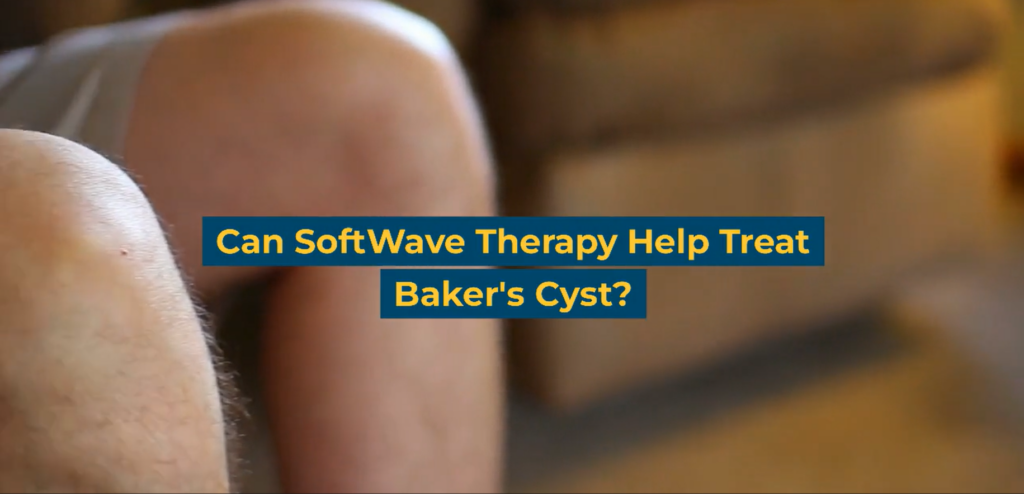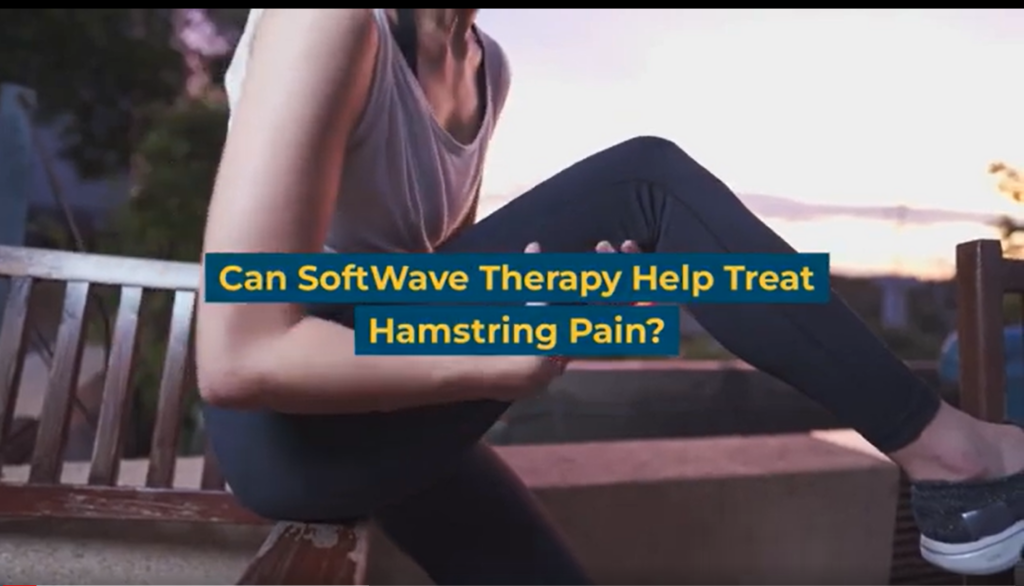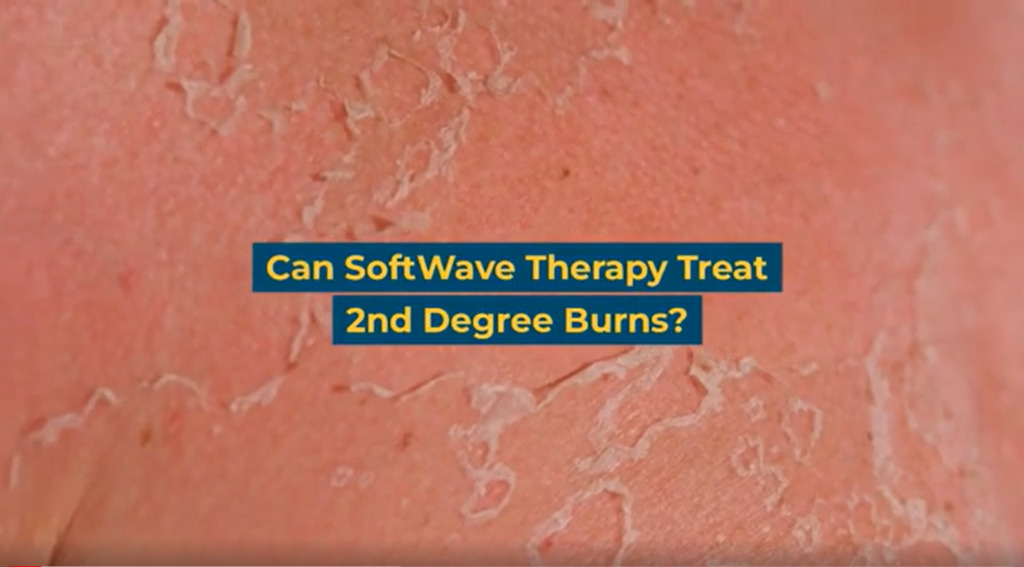Can SoftWave Therapy Help Treat Restless Leg Syndrome?
Restless Leg Syndrome (RLS) is a neurological disorder that affects millions worldwide, causing an irresistible urge to move the legs, usually accompanied by uncomfortable sensations. These symptoms often strike in the evening or during rest, disrupting sleep and diminishing quality of life. Traditional treatments include medications and lifestyle adjustments, but they often fall short for many sufferers. SoftWave Therapy offers new hope to those plagued by Restless Leg Syndrome.
New Patient Special
Try SoftWave for just $69 at a clinic near you and learn if you’re a candidate for full treatment

Understanding Restless Leg Syndrome
Restless Leg Syndrome manifests as an uncomfortable feeling in the legs, described by some as crawling, tingling, or pulling. Symptoms typically worsen during periods of inactivity and can severely impact sleep and, by extension, overall health and daily functioning. The exact cause of Restless Leg Syndrome is unknown, but it is linked to imbalances in dopamine, a chemical that helps control muscle movement and is often found in individuals with a family history of the condition.
Treatments for Restless Leg Syndrome
Here are the treatments for Restless Leg Syndrome:
- Dopaminergic Agents: These medications increase dopamine levels to reduce RLS symptoms, with side effects like nausea, dizziness, and fatigue.
- Anti-convulsants: Help stabilize nerve activity to control symptoms, with potential side effects including drowsiness and dizziness.
- Iron Supplementation: Recommended if blood tests show low iron levels, as iron deficiency can worsen RLS symptoms.
- Opioids: Used in severe cases of RLS when other treatments fail, but with a high risk of dependence and other serious side effects.
- Benzodiazepines: Sometimes prescribed for patients with severe nighttime symptoms to aid sleep, though they can be habit-forming and may cause daytime drowsiness.
- Compression Devices: Wearing compression socks or wraps on the legs can reduce discomfort and urge to move the legs.
- Lifestyle Changes:
- Regular Sleep Schedule: Aiming for consistency in sleep patterns to improve sleep quality.
- Good Sleep Hygiene: Creating a comfortable, distraction-free sleep environment.
- Regular Physical Activity: Exercises like walking or stretching can alleviate symptoms.
- SoftWave Therapy
What is SoftWave Therapy and How Does It Treat Restless Leg Syndrome
SoftWave Therapy is a non-invasive therapy that uses acoustic waves to stimulate the body’s natural healing processes. This treatment utilizes broad-focused shock waves toward the affected area, which encourages blood circulation and the regeneration of damaged tissues. The therapy works by activating and recruiting resident cells to the injured area, thus promoting natural tissue regeneration. SoftWave therapy treats Restless Leg Syndrome by reducing symptoms like discomfort and involuntary leg movements. Originally used for treating musculoskeletal conditions like plantar fasciitis and tendonitis, its application has expanded to neurological conditions, thanks to its non-invasive nature and minimal side effects.
Gary is a patient who previously experienced significant sleep disruption due to Restless Legs Syndrome. Since starting SoftWave treatment, Gary has found welcome relief, finally achieving restful nights without nighttime leg discomfort. Witness Gary’s remarkable progress!
Click here to watch Gary’s testimonial.
Advantages of SoftWave Therapy over Traditional Treatments for Restless Leg Syndrome
SoftWave Therapy offers a non-pharmaceutical, non-surgical treatment option for Restless Leg Syndrome, without the side effects commonly associated with drugs. While medications often provide temporary relief, SoftWave Therapy’s results are proving to be both effective and long-lasting. Moreover, the therapy sessions are quick. Treatment typically takes 10-15 minutes, and no anesthesia, numbing agents, or recovery time is required. This makes patients return to daily activities immediately, a convenient option for many patients suffering from Restless Leg Syndrome.
Patient Considerations for SoftWave Therapy
SoftWave Therapy is particularly suitable for those who prefer a non-drug approach or have experienced side effects from traditional medications. Candidates need to consult with healthcare providers to ensure that this treatment is appropriate based on their medical history and the severity of Restless Leg Syndrome symptoms.
Considering SoftWave? Check Eligibility & FAQs
Get Relief from Restless Leg Syndrome with SoftWave Therapy
Restless Leg Syndrome can be a challenging and frustrating condition, but advancements in treatment like SoftWave Therapy bring us closer to managing its symptoms more effectively. SoftWave Therapy stands out as a promising solution for those seeking relief from Restless Leg Syndrome. Encouraging conversations between patients and healthcare providers about this treatment could open new pathways to regaining comfort and improving quality of life. Find a SoftWave provider near you and begin your journey to better sleep and less discomfort with this simple, swift, and effective treatment.
Disclaimer: The information provided in this blog is for educational and informational purposes only and is not intended as a substitute for professional medical advice, diagnosis, or treatment. The content provided in this blog should not be used to diagnose or treat any health problems or illnesses. Always consult with a qualified healthcare professional before making any changes to your healthcare routine or treatment plan.
New Patient Special
Try SoftWave for just $69 at a clinic near you. No drugs. No surgery. Just relief.





